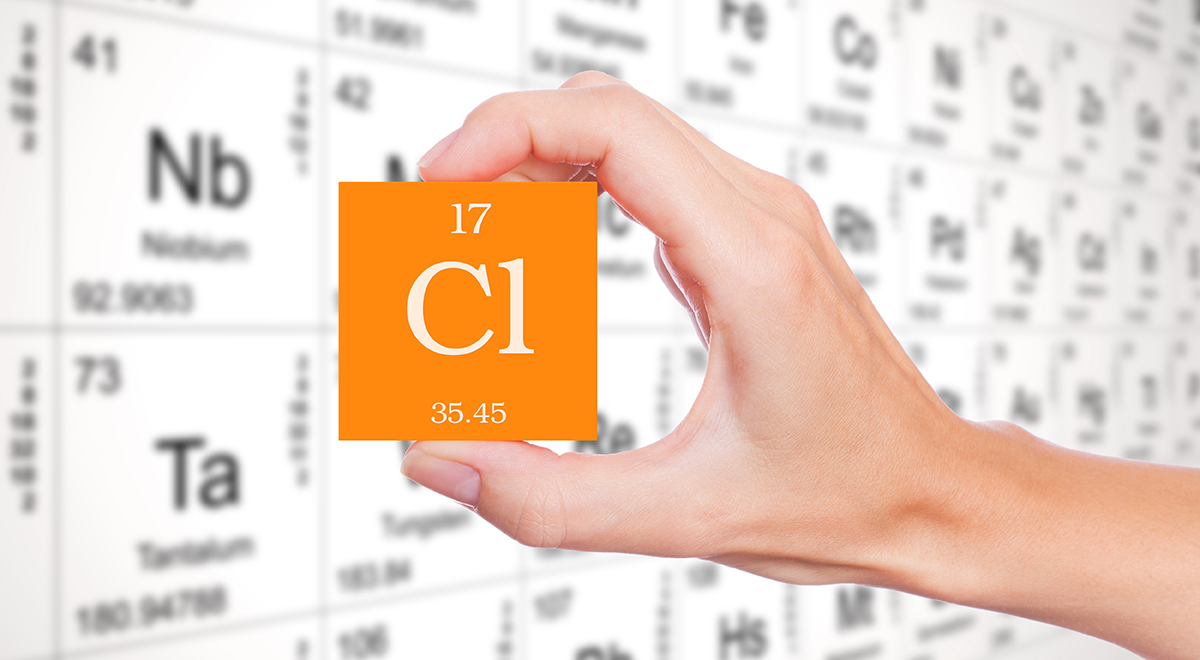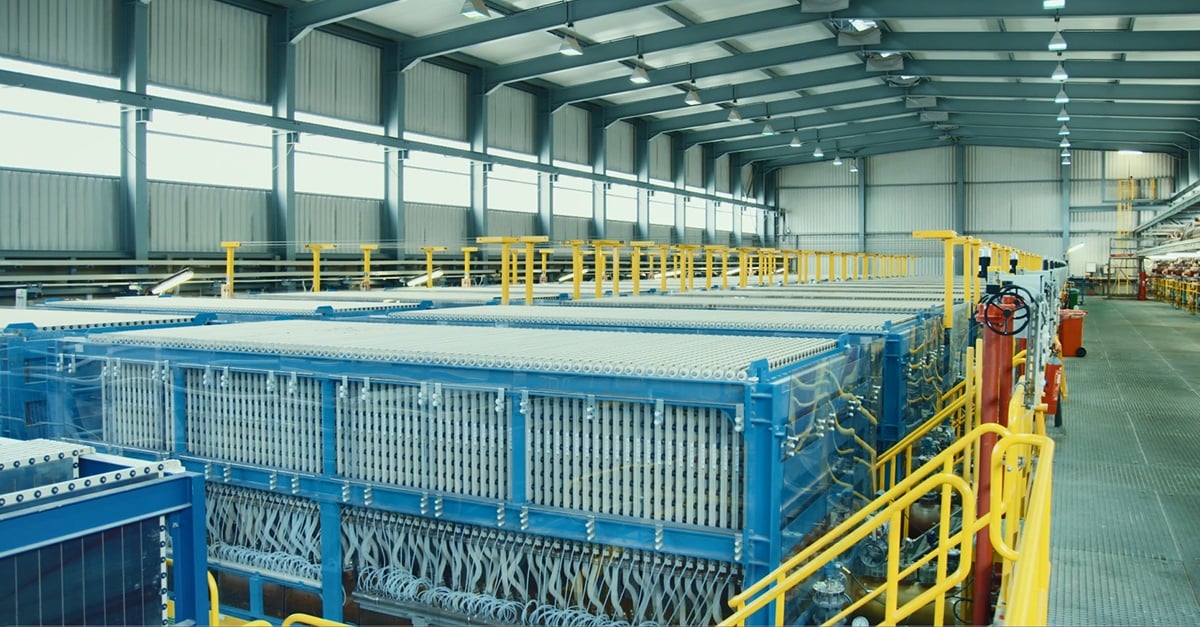Preservation of food is something humans have had to do for generations. This is the way we prevent food from deteriorating due to microorganisms, light, heat or oxidation so that it lasts longer. In ancient times salt was the primary preserving agent. The process of smoking meat also originated from the need to prolong its storage time before it becomes harmful for human consumption.
According to the World Health Organisation, worldwide obesity has nearly tripled since 1975. The problem is that we are consuming more calories than we are using, which leads to a build-up of fat in the body. Sugar is a major source of calorie intake in our diet. In fact, satisfying our craving for sweet tastes but avoiding the calories that come with sugar, is how sugar substitutes came into being in the first place.
Chlorine is one of the most common chemical elements occurring in nature - even more common than carbon. It makes up 2.9% of the world’s oceans in the form of sodium chloride (salt). Chlorine’s high reactivity means that it almost never occurs on its own, but is instead always bound to another substance in compound form.
Ice and aircraft are a dangerous combination. On 17 November 2018, a passenger aircraft partially slid off the taxiway at Denver International airport. Fortunately, the plane was not moving too fast when it hit the ice, and none of the 85 passengers or 6 crew were injured. However, the incident highlights just how dangerous it can be for an aircraft to encounter ice on the runway.
The development of electrolysis as an industrial technology was a breakthrough for the commercial manufacturing of chemicals. Using this process to produce chlorine and caustic soda (NaOH, also called sodium hydroxide) or caustic potash (KOH, also known as potassium hydroxide) began late in the 19th century. Early technology involved the use of mercury cells, while newer membrane cell technology was developed in the 1960s.
VYNOVA BLOG
Our blog offers you insights into Vynova, our products, their applications and the innovations they enable.








